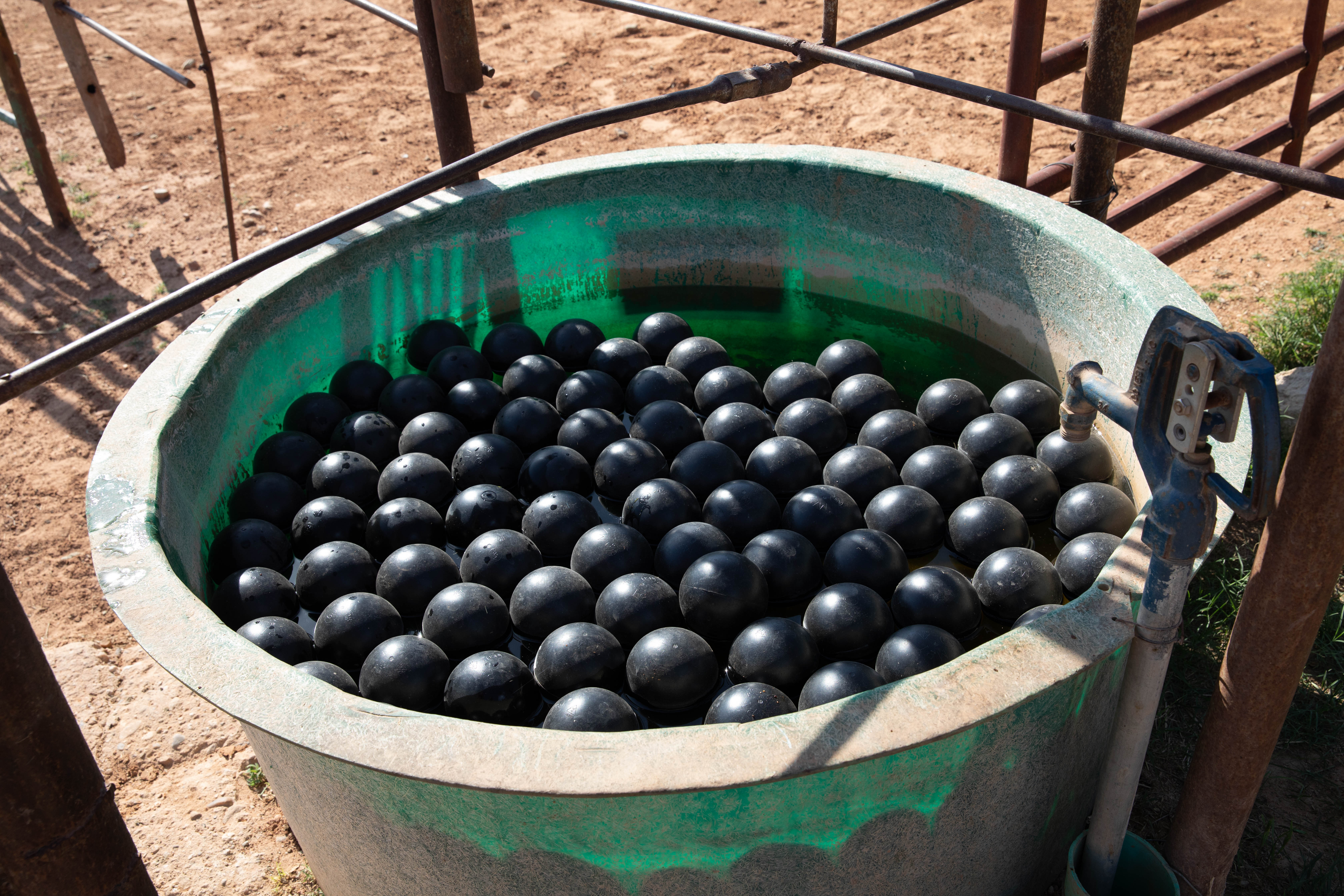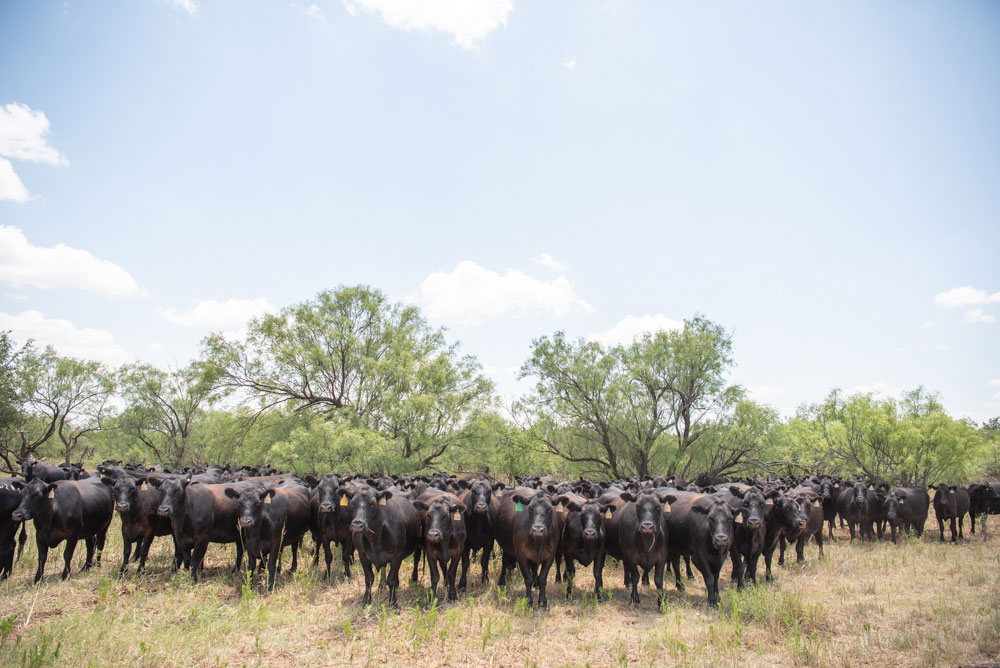
The cost of doing the right thing
by Nicole Lane Erceg
They reminded me of the ball pits I’d play in as a kid at McDonalds. Except these were black, and floating in a water trough. Designed to reduce water evaporation, the polyurethane spheres didn’t come cheap.
These ranchers took a leap of faith and purchased enough of them to cover a large stock tank, without knowing if it will pay off. The few leftover floaters bob around the horse water trough.

When you live in the Panhandle of Texas where water is more precious than diamonds, anything that can preserve a drop seems worth the gamble.
Every other day it feels like there’s a new “Ag Tech” solution, offering ways to track data, improve environmental footprints and automate traditional methods. When is it a good choice to skip a passing phase or invest in what may be the way of the future?
We can’t bet the farm on technological updates, but we can invest in doing the right thing, in technology that tracks and proves we are doing the right thing. It may not pay off in premiums today, but maybe in terms of securing a successful beef business for tomorrow.
The measure of risk investment can’t solely rely on whether it will provide an immediate return.
Does it provide value — not necessarily in dollars and cents, but in the trust bank with consumers? Where can this data-driven future help us prove best stockmanship practices, environmental preservation and responsible use of animal health products?
These aren’t things for which the average consumer today is willing to pay more. There are simply expectations of cattle handling, traceability and environmental stewardship when they approach the meat case. Today’s media headlines are saying most meat does not meet those expectations.

Natural resources aren’t something to gamble with, but neither is consumer trust. Not every technological investment can come at the cost to the end-user or next person in the beef value chain. Sometimes we need to do the right thing, just because it’s the right thing and has inherent value.
When cattlemen first started investing in carcass genetics, the market didn’t have a premium for higher grading cattle. In fact, the industry was headed toward a leaner product. Leaders invested anyway and decades later grid marketing is a powerful tool, premium spreads have maintained and a higher quality earns extra dollars, though none were sure it would at the start.
These Texas ranchers don’t know if the investment will pay off in water savings. There’s a chance their trial might pay for itself and there’s a chance it’s money down the drain.
Either way, they are ready to foot the bill when it comes to doing the right thing for the ranch and the consumer.
Next time in Black Ink®, Miranda Reiman will look at lessons for the next generation. Questions? E-mail nerceg@certfiedangusbeef.com.
you may also like
$100,000 Up for Grabs with 2024 Colvin Scholarships
Certified Angus Beef is offering $100,000 in scholarships for agricultural college students through the 2024 Colvin Scholarship Fund. Aspiring students passionate about agriculture and innovation, who live in the U.S. or Canada, are encouraged to apply before the April 30 deadline. With the Colvin Scholarship Fund honoring Louis M. “Mick” Colvin’s legacy, Certified Angus Beef continues its commitment to cultivating future leaders in the beef industry.
Raised with Respect™ Cattle Care Campaign Launched This Fall
Raised with Respect™ was developed as part of a strategic cattle care partnership between Sysco and CAB. The collaboration focuses on supporting farmers and ranchers, equipping them with continuing education to stay current on best management practices and helping to increase consumer confidence in beef production.
Quality Wins, Again
Sara Scott, Vice President of Foodservice for Certified Angus Beef, emphasizes the importance of taste over price in the beef market during the Feeding Quality Forum. As consumer demand for high-quality beef grows, Scott highlights the need for increased supply and encourages communication with packer partners to meet the demand for Prime beef.



